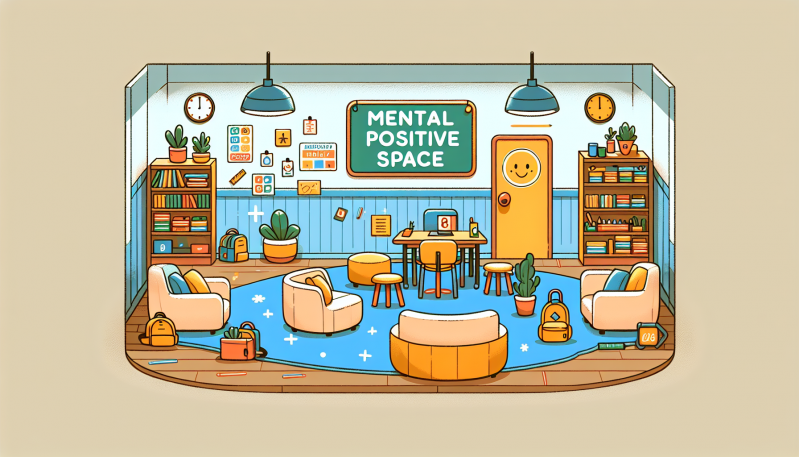In a world where academic performance is often prioritized over emotional well-being, it’s imperative that we shift our focus to create an educational environment where mental health is given the same attention as physical health.
As educators and parents, it’s our responsibility to foster a school climate that not only accepts but encourages open dialogue about mental wellness. Children today face an unprecedented level of stress, anxiety, and isolation, exacerbated by the omnipresent digital world and societal pressures. It’s time that we break the barriers to communication about these crucial issues.
One of the most significant challenges in discussing mental health is overcoming cultural stigmas. Too often, mental health issues are seen as a sign of weakness or a personal failing, rather than a natural and treatable part of human life. To combat this, schools can implement comprehensive mental health education that normalizes these conversations from a young age.
Another barrier is the lack of adequate educational resources. While many schools have counselors, their numbers are often too few to address the needs of all students. Investing in more mental health professionals and training for educators can ensure that when a student is ready to talk, someone is there to listen.
School policies also play a pivotal role. Zero-tolerance policies for bullying are a start, but we also need policies that proactively support mental health. This includes wellness checks, mental health days, and programs that integrate mindfulness and stress management into the curriculum. It’s about moving from a reactive to a proactive approach in supporting our youth.
Furthermore, creating safe spaces for students to express their feelings is critical. This could be through anonymous suggestion boxes, peer support groups, or regular class discussions that include mental health topics. When students feel heard and understood, the fear of judgment or repercussion diminishes.
In conclusion, it’s when these efforts converge that a school can truly become a haven for mental well-being. Open conversations about mental health are not just a possibility but a necessity. Our children deserve a world where their emotional struggles are met with compassion and support, equipping them with the resilience to navigate the challenges of life.
By incorporating these actionable steps into our schools, we will not only address and overcome the barriers to mental health communication but also cultivate a generation that is as mentally robust as they are academically capable. The silence has been broken; now let’s make sure everyone is part of the conversation.



